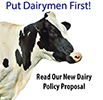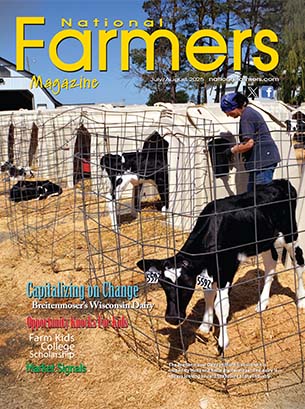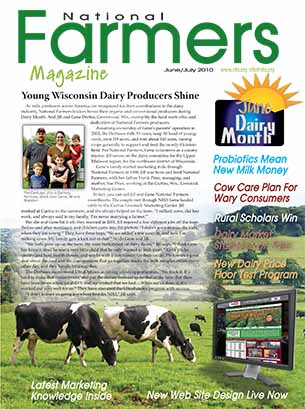Price Risk Factors Lay Heavy Hand On Cattle Markets
By Pat Lampert
April 1, it was announced a human contracted the Avian flu, supposedly from dairy cows. Apparently, that individual is being treated and doing well. On the end of that trading day, the market fell by $6. The April 24 futures filled the gap at $190.
USDA says the virus is affecting older cows and there’s no concern for the safety of the commercial milk supply. Most of the herds have been found in Texas and Kansas. So far, the Texas Department of Agriculture sees no reason to depopulate herds, and cattle are expected to fully recover. The National Meat Institute issued a news release stating that HPAI is not a health risk and properly prepared beef is safe to eat and is not a food safety risk to humans.
We eventually will get the answers to the million questions out there regarding this issue, but regardless, the market will continue to trade five days a week.
We’ve had a boatload of phone calls in early April asking if producers should start pricing contracts. But it’s best to look long term. This situation may, and hopefully will, be short term. Fat cattle are short and feeders are the same. Domestically, meat is moving better than anticipated considering retail prices.
If beef herds start expanding, and it’s about time for that to happen, it will remove more meat out of the market with heifers staying home and have a positive impact on the fed cattle market.
Fear has never been a very good marketing strategy, and I wouldn’t start using it now. I may be wrong, but I think this will blow over.
Please stay in touch during these crazy and volatile markets. You never know what’s around the corner.










